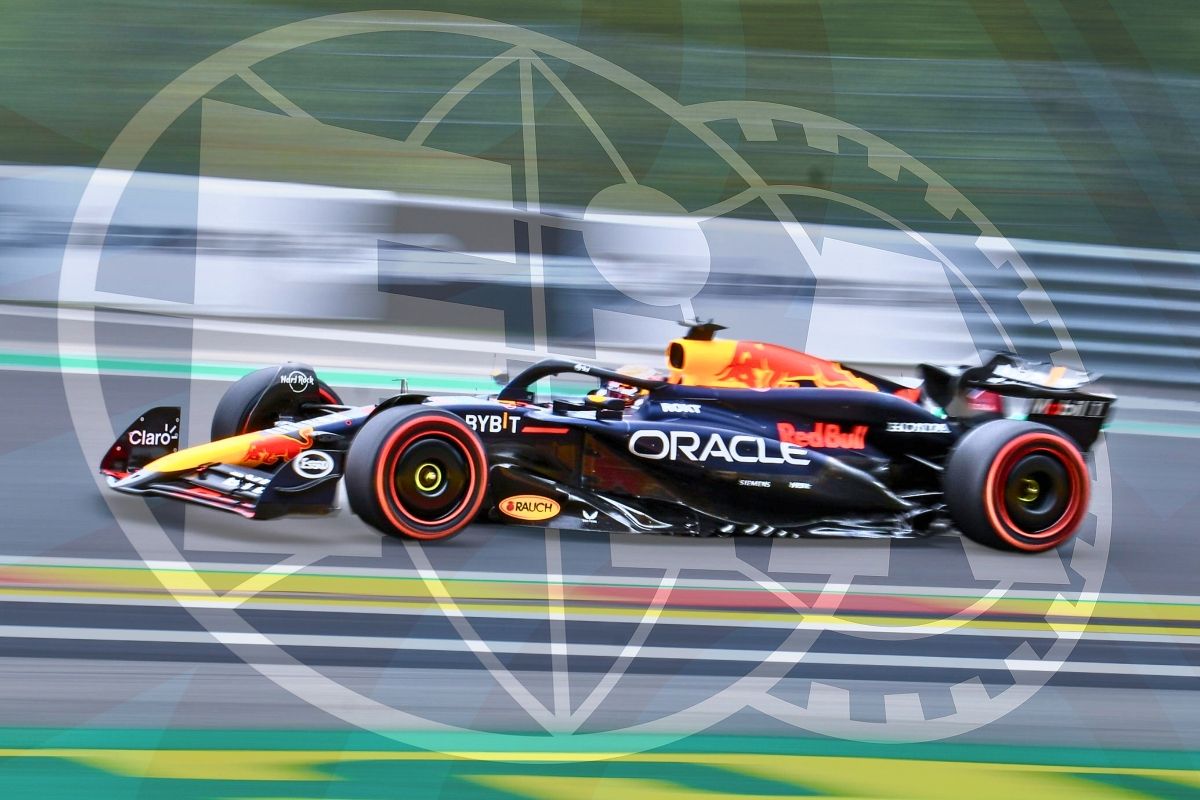Formula 1 Launches Investigation After Fires Cause Chaos at Japanese Grand Prix
Formula 1 has officially launched an investigation into a critical safety issue that caused significant disruption during a race weekend on the 2025 calendar. During the latest meeting of the Formula 1 Commission, a recurring problem—already having a major impact earlier this season—was given urgent attention.
The second meeting of the year for the Formula 1 Commission was recently held in Geneva. It was chaired by FIA’s single-seater director, Nikolas Tombazis, alongside F1’s President and CEO, Stefano Domenicali. While several small tweaks to the 2025 regulations were on the agenda, as well as updates on the new regulations set for 2026, a significant topic from earlier this season demanded a closer look: the mysterious grass fires that plagued the Japanese Grand Prix.
During this year’s Japanese Grand Prix at Suzuka, multiple fires broke out around the track, causing serious disruptions to the event. The issue was serious enough to be a main discussion point during the commission meeting. Officials are now working to understand the root cause and prevent similar incidents from affecting future race weekends.
What Caused the Fires at Suzuka?
The fires were mainly attributed to a combination of environmental and racing factors. This year’s event saw extremely dry grass surrounding the Suzuka Circuit, paired with high winds. As the powerful Formula 1 cars produced sparks from their undersides — a normal occurrence due to the high-speed contact between car skid plates and the track surface — those sparks were easily blown onto the parched grass beside the circuit. This highly flammable setting led to five separate fires throughout the race weekend.
The fires caused significant delays. Two separate red flags were thrown during practice sessions, forcing teams to halt running and wait while marshals tackled the blazes. As a result, teams lost valuable time gathering crucial long-run data — information that helps them prepare strategies and car setups for the Grand Prix. Without enough practice laps, teams faced additional uncertainty heading into the main race.
Though Suzuka’s dedicated marshals responded quickly and professionally to each fire outbreak, the event made it clear that the problem needs a permanent fix. Formula 1 and the FIA have recognized that continued risks like these are unacceptable for a championship striving for ever-higher safety standards.
F1’s Plan to Solve the Problem
In response, the Formula 1 Commission agreed to open an investigation into two potential solutions: the use of alternative skid materials and treating the circuit surfaces.
Currently, the titanium skid blocks on F1 cars generate bright, spectacular sparks. However, titanium’s properties also make the sparks extremely hot, increasing the chance of igniting dry grass or debris. The commission is now exploring the idea of replacing titanium with steel skid plates. Steel produces fewer and cooler sparks, which could significantly lower the risk of fires starting from normal racing activity.
In addition to changes to the cars themselves, officials are also considering treatment for certain parts of circuits where fire risk is highest. Treatments could involve chemically treating the grass or the soil to make them less flammable, especially in areas closest to the racing line where sparks are most likely to land.
For now, these solutions are still under review. Any proposed changes would have to go through the FIA’s World Motor Sport Council (WMSC) for official approval. This is the standard process for implementing new regulations or safety measures in Formula 1.
Seasonal Shift Creates New Challenges
The 2025 Japanese Grand Prix highlighted how changes to the racing calendar can introduce new challenges. Traditionally, the Japanese race was held in late September or early October when the weather was more humid and grass conditions less volatile. However, since the 2024 season, the event has been moved to springtime — when conditions tend to be drier and windier.
These seasonal factors played a big role in creating the dangerous environment at Suzuka this year. If the Japanese Grand Prix remains in its new springtime slot for future seasons, it will be vital to adapt both circuit maintenance and car regulations to prevent a repeat of the fire chaos seen this month.
Formula 1 officials are determined to ensure that safety remains a top priority. With the investigation now underway, fans, teams, and drivers will be eager to see what changes are introduced to safeguard one of the sport’s most iconic venues for the future.




